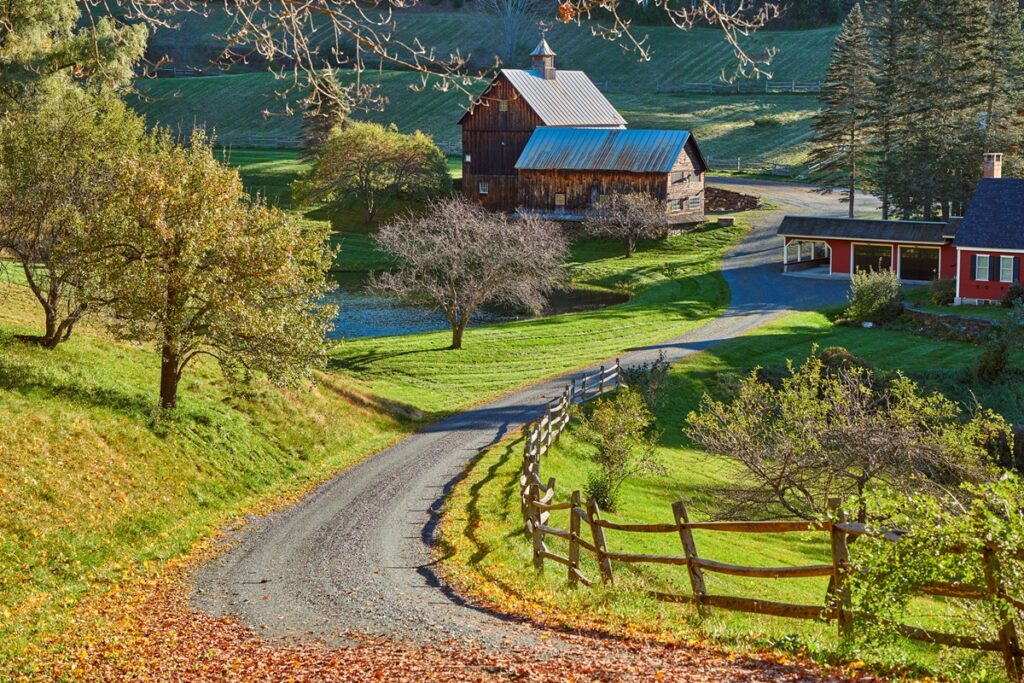Rural Americans face unique challenges when it comes to homeownership, with limited access to small mortgages and financing options significantly impeding progress. A recent analysis by The Pew Charitable Trusts highlights three major obstacles that prevent rural homebuyers from obtaining mortgages at the same rates as their urban counterparts.
1. Low or Missing Credit Scores
Many rural Americans have low or no credit scores, making lenders hesitant to extend them mortgages. Data from the Consumer Financial Protection Bureau (CFPB) reveals that 37% of consumers in the rural South have credit scores below 600, compared to 26% nationwide. Additionally, 10% to 15% of rural Americans are “credit invisible”—lacking enough credit history to generate a score—compared to just 5% to 9% of urban residents.
Medical debt disproportionately impacts rural Southerners, with 28% having medical bills in collections compared to 17% elsewhere. Despite recent policy changes reducing the presence of medical debt on credit reports, 15 million Americans remain affected, further complicating mortgage eligibility. Between 2018 and 2023, 30% of rural homebuyers were denied mortgages due to credit issues, compared to 19% of urban applicants.
2. Non-Mortgageable Homes
Physical deficiencies and legal complications often render rural homes ineligible for traditional mortgages. Owner-occupied homes in rural areas are twice as likely as urban homes to fall short of the Department of Housing and Urban Development’s housing adequacy standards. These inadequate homes—lacking essentials like plumbing or featuring structural issues—make up 6% of rural properties compared to 3% in urban areas.
Legal hurdles also play a role. Manufactured homes, which comprise 13% of rural housing stock, are often titled as personal property rather than real estate, disqualifying them from mortgage financing. Additionally, heirs’ property cases, where ownership is divided among multiple descendants, complicate loan origination for about half a million properties, two-thirds of which are in rural areas.
3. Declining Bank Branch Access
Rural homebuyers often rely on physical bank branches to secure mortgages, yet these branches are disappearing. Between 1986 and 2020, over 13,000 U.S. banks closed or consolidated, with rural Americans 10 times more likely to live in banking deserts than urban residents by 2017. Although independent mortgage companies have stepped in, their online models struggle to reach rural areas with limited broadband access and rarely prioritize small, less profitable loans.
Proposed Solutions
According to the report, policymakers can address these barriers by:
- Modernizing Credit Scoring Models: Federal agencies should adopt newer scoring systems like FICO 10T and VantageScore 4.0, which better assess rural borrowers’
- Improving Home Repair Programs: Expanding programs like the FHA’s 203(k) Rehabilitation Mortgage Program can make it easier to finance repairs on dilapidated properties.
- Supporting Rural Lenders: Investments in rural banks, broadband expansion, and reduced origination costs can connect more rural buyers with financing options.
Click here for more on Pew’s report on rural housing nationwide.







